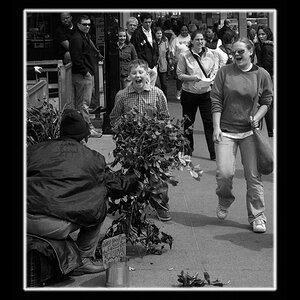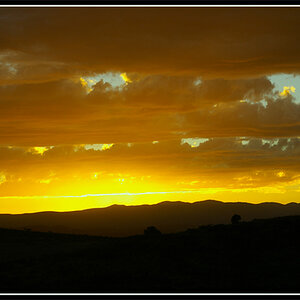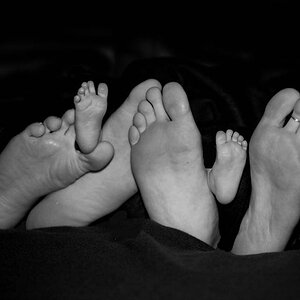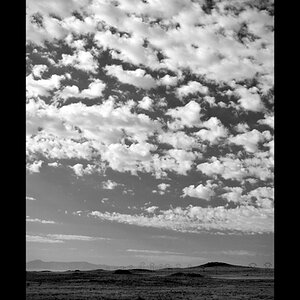ksmattfish
Now 100% DC - not as cool as I once was, but still
- Joined
- Aug 25, 2003
- Messages
- 7,019
- Reaction score
- 36
- Location
- Lawrence, KS
- Website
- www.henrypeach.com
- Can others edit my Photos
- Photos NOT OK to edit
A study of eye placement in portraits
Eye Centre.Nature
Holy smokes! The masters are centering their subjects (at least along one dimension). Quick, someone clue them in on the rule of thirds!
Eye Centre.Nature
Holy smokes! The masters are centering their subjects (at least along one dimension). Quick, someone clue them in on the rule of thirds!









![[No title]](/data/xfmg/thumbnail/37/37604-7ad625e983f92f880eb65a264eeef5e4.jpg?1619738148)



